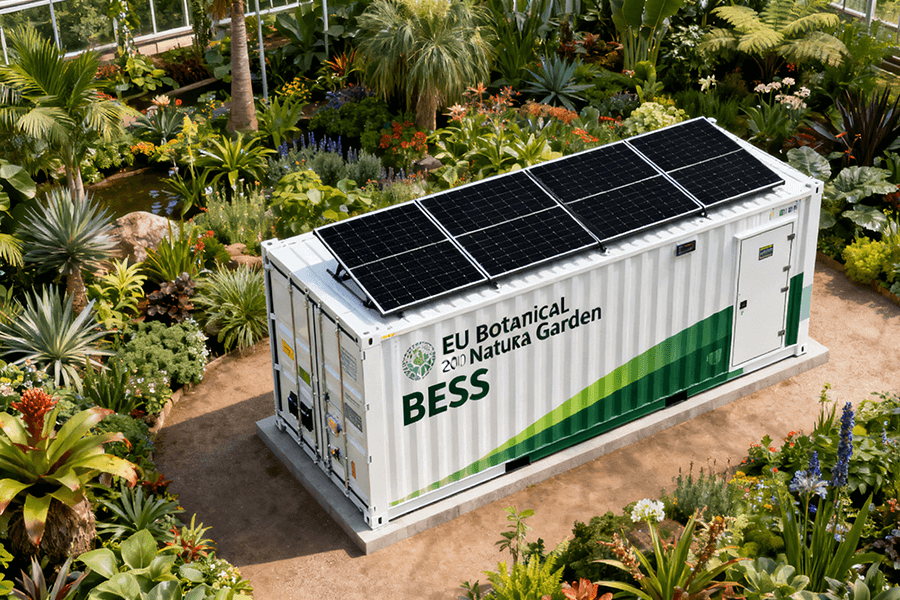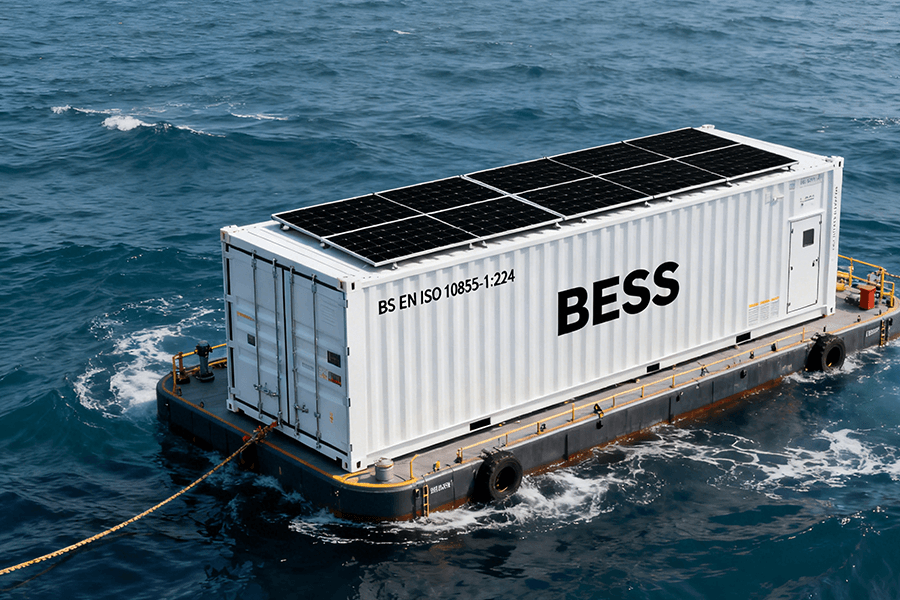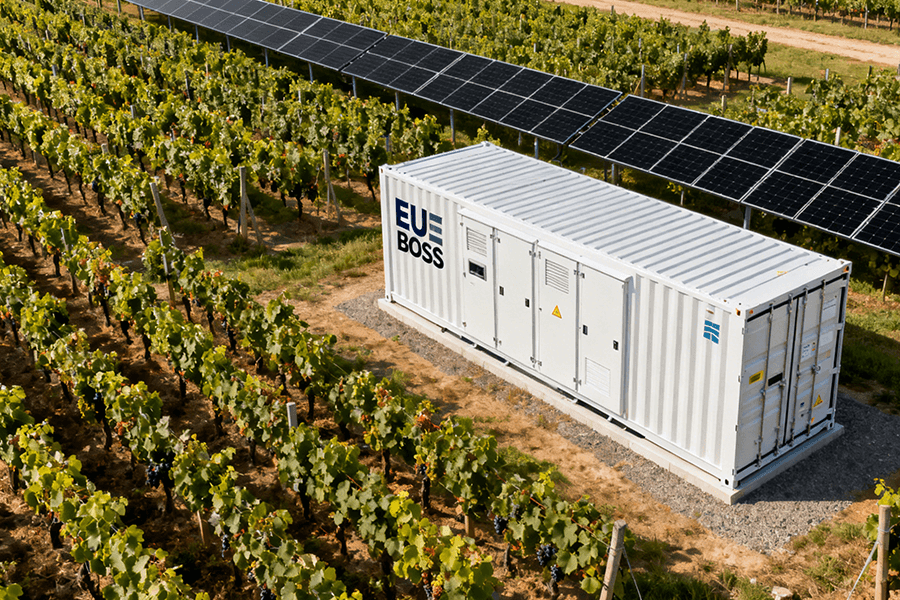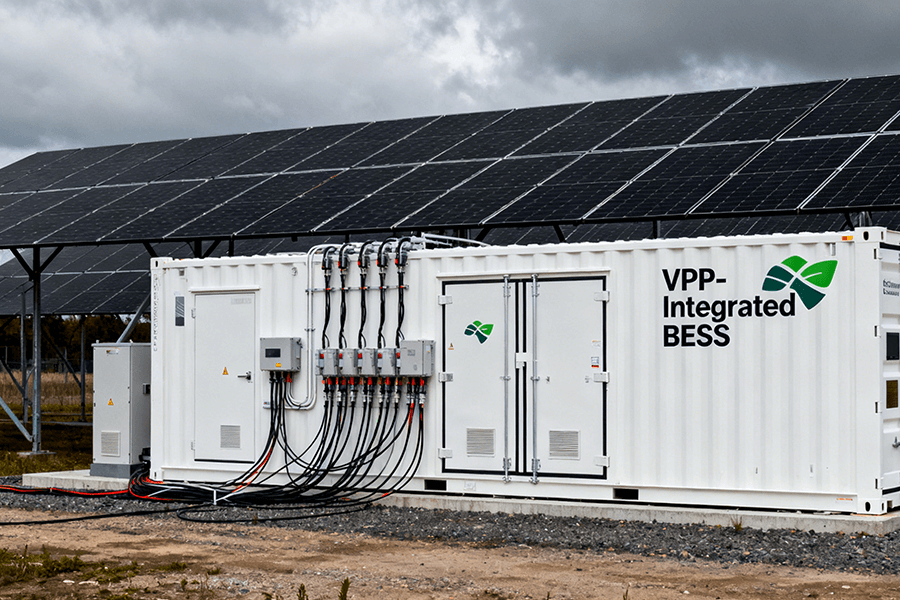Introduction
Off-grid photovoltaic (PV) systems represent a groundbreaking solution in the realm of energy generation and consumption. These systems operate independently of the traditional power grid, relying on solar energy to provide electricity in remote areas or as a self-sustaining backup source. In this article, we will delve into the fundamental principles of off-grid PV systems, exploring how they work and the mechanisms behind their ability to deliver independent power supply.
Understanding Off-Grid PV Systems
Solar Panels: Capturing the Sun’s Energy
At the heart of an off-grid PV system are solar panels, also known as photovoltaic modules. These panels are equipped with solar cells that convert sunlight into direct current (DC) electricity through the photovoltaic effect. Solar cells are typically made of semiconductor materials, such as silicon, that release electrons when exposed to sunlight.
Charge Controller: Managing the Flow of Electricity
The DC electricity generated by solar panels is then directed to a charge controller. The charge controller serves as a crucial component that regulates and optimizes the flow of electricity. It ensures that the battery bank, another key part of the system, is not overcharged or undercharged, thus prolonging the lifespan of the batteries.
Battery Bank: Storing Excess Energy
The battery bank in an off-grid PV system acts as an energy reservoir. During periods of abundant sunlight, when the solar panels produce more electricity than is immediately consumed, the excess energy is stored in batteries. These batteries can be various types, including lead-acid, lithium-ion, or other advanced chemistries. They store energy for use during the night or on cloudy days when solar generation is limited.
Inverter: Converting DC to AC
Most household appliances and electrical devices use alternating current (AC) electricity. To make the energy stored in the battery bank usable, an inverter is employed to convert the stored DC power into AC power. The inverter also ensures the electricity’s quality and consistency, matching the grid’s power supply.
Load Center and Distribution: Powering Your Home
The load center and distribution system are responsible for distributing the AC electricity to various circuits in your home or facility. These circuits power lights, appliances, and other electrical devices, ensuring a reliable energy supply.
Working in Harmony
The off-grid PV system operates in a seamless and interconnected manner. Here’s how it all comes together:
Solar Generation: During daylight hours, the solar panels capture sunlight and convert it into DC electricity. This electricity is used to power immediate electrical needs and charge the battery bank.
Battery Storage: Excess electricity not immediately needed is stored in the battery bank, ready to be called upon when the sun isn’t shining. This energy storage is critical for uninterrupted power supply during the night or on overcast days.
Inverter Conversion: When electricity is drawn from the system, the inverter converts the stored DC power into AC power, making it compatible with household appliances.
Power Distribution: The load center and distribution system ensure the AC power is distributed to various circuits within the building, powering lights, appliances, and other electrical devices.
Independence and Self-Sufficiency
The fundamental principle of off-grid PV systems lies in their ability to function independently of the traditional power grid. This independence offers several advantages:
Remote Area Power Supply: Off-grid PV systems are ideal for powering locations where connecting to the grid is economically unfeasible or physically impossible. This includes remote cabins, rural communities, and off-grid homes.
Energy Independence: Off-grid systems empower individuals and communities to generate and manage their own energy supply. They are no longer reliant on external electricity providers, making them more self-sufficient.
Sustainability: By harnessing solar energy, off-grid PV systems contribute to sustainability by reducing greenhouse gas emissions and reliance on non-renewable energy sources.
Reliable Backup Power: Off-grid systems also serve as reliable backup power sources in areas prone to grid failures, blackouts, or natural disasters.
Conclusion
The fundamental principles of off-grid PV systems are rooted in their capacity to capture solar energy, store it, and provide a stable source of electricity, regardless of location or grid connectivity. These systems represent a path to energy independence, sustainability, and reliable power supply, making them a vital component of modern energy solutions. As solar technology continues to advance, off-grid PV systems will play an even more prominent role in shaping a clean and self-sufficient energy future.
If you want to customize your own photovoltaic solution today, please contact us.




